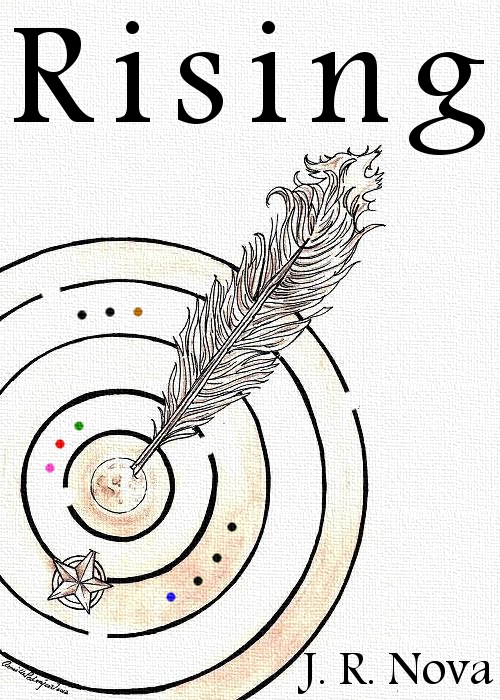“The Science of Yoga: The Risk and
Rewards” by William J. Broad
At around 220 pages, The Science of
Yoga is not a very long book, but it is a very demanding
one—if only because it contradicts so many mistaken beliefs.
William J. Broad attempts to bring perspective to this ancient
practice, not to disprove it, but to make it better.
Broad takes Yoga seriously. He's benefited
personally from it (having practiced for thirty years), but has also
been injured while practicing. He is not so naïve to ignore the
inherent dangers: that some poses can cause chronic damage to nerves
and tissue, and even cause fatal blood clots.
Yoga can save, but it can also destroy.
It can kill.
Due to Broad's past injury, I question
his objectivity at times, as he appears to have an ax to grind with
the Yoga community, which flaunts Yoga's benefits while hiding its
dangers; but to any reader who can read objectively, there's
enough of the good and bad to see both sides. And Broad doesn't blame
as much as he explains why modern Yoga is the way it is today—for
better or for worse.
In The Science of Yoga William
J. Broad discusses “yoga myths,” statements about Yoga's ability
to increase metabolism and oxygen. He finds these myths to be false
when science explores Yoga through its rigorous analysis. In fact,
science has found that Yogic breathing decreases metabolism
significantly, and though Yoga has been found to be uplifting and
relaxing, this is due to increased carbon dioxide, not oxygen.
Broad attacks the myth that Yoga is
sufficient for exercise. Though Yoga fails to meet cardiovascular
standards, he asserts that Yoga's ability to increase flexibility and
boost mood should not be ignored. But, he warns, Yoga is for
cross-trainers, for those already in shape, and not for the weekend
warrior who only exercises once or twice a week.
He discusses the history of Yoga (my
favorite part). I learned that much of what we practice today as Yoga
is not necessarily thousands of years old, but was perfected in the
twentieth century by Indians, and brought to America where it has
undergone even further evolution.
The Science of Yoga won't
explain poses or breathing, but it'll give the reader a deeper
understanding of Yoga's origins and not only its risks and rewards,
but why the risks and rewards are what they are, and Broad
sources most of what he has to say.
Unfortunately, the first half of the
book was more interesting than the second half. Chapter five, on
healing, seemed to unravel as he went back to the topic of the
previous chapter, “The Risk of Injury,” attacking the Yoga
community (and rightly so) for attempting to act as physical
therapists without the required education. The final two chapters, on
sexuality (with more warnings) and creativity, were anticlimactic
compared to the book's eventful and knowledgeable beginning.
I didn't like at all his images of
“Yoga in a century or two” in his epilogue. In the first he sees
a Yoga that is even more splintered and disorganized than it is now,
with more hucksters and misguided information. In the second he
dreams of Yoga being accepted as medicine, with Yoga teachers as
rigorously educated and qualified as doctors are today. I found both
extreme, but especially his idea of “colleges of yoga medicine.”
Should Yoga, a spiritual practice, be
put into the hands of government or other powerful institutions?
Would that even be legal? It would, seemingly overnight, remove the
upstarts and hucksters from the Yoga community, but at the cost of
Yoga being open to everyone. Yoga would become as expensive as
medicine, if teachers had to be trained as if they were practicing
medicine. Though Yoga is in its Wild West stage now, it is
inexpensive and overwhelmingly beneficial, even if some yogis do get
hurt—while athletes get hurt in every sport, no one is rushing out
to regulate weight lifting or running.
As Broad states earlier in his book,
the general Yoga community is in no hurry to change its practices or
its image. Yoga, for now, will be up to each individual practitioner
to manage for him- or herself.
So buyer beware.










